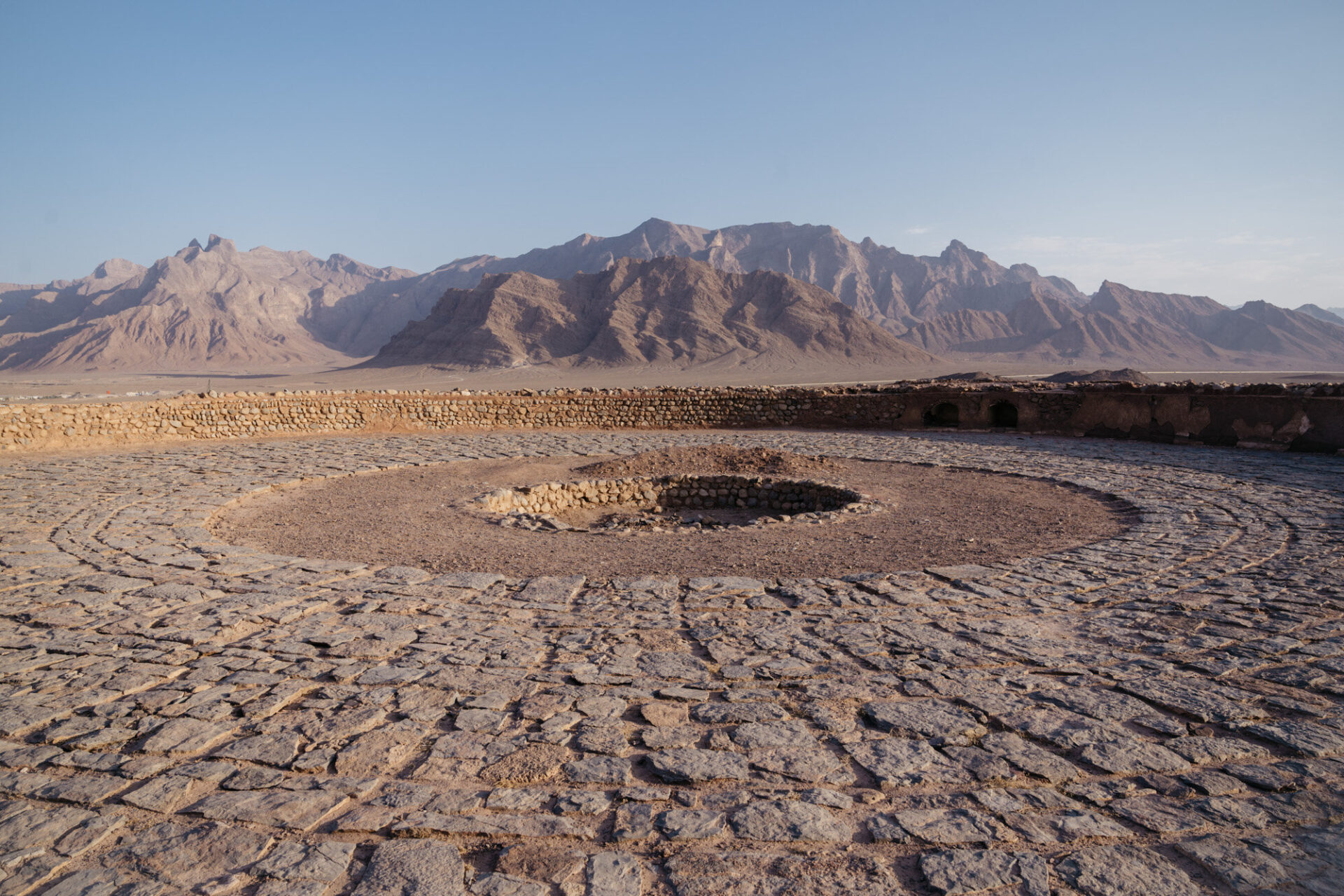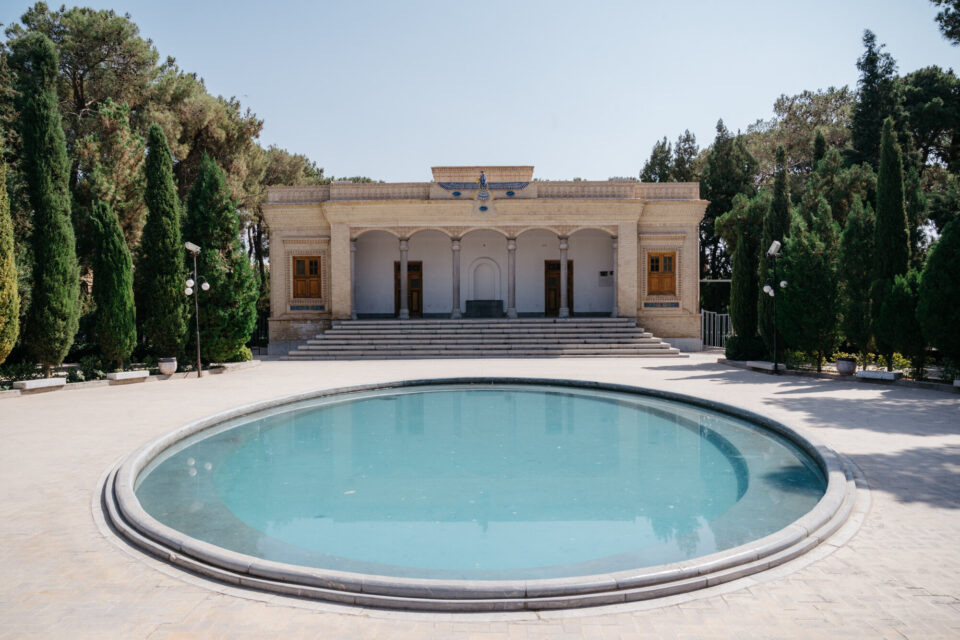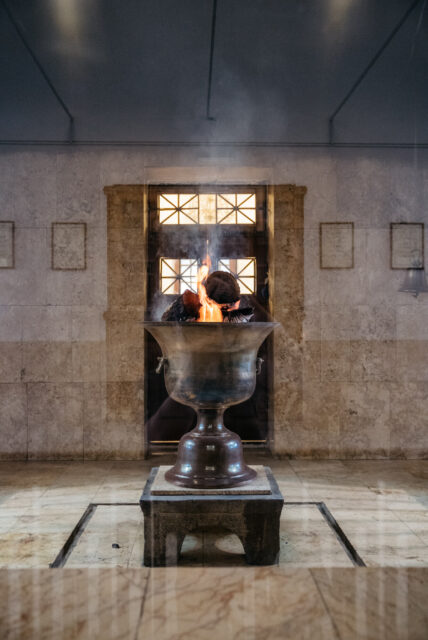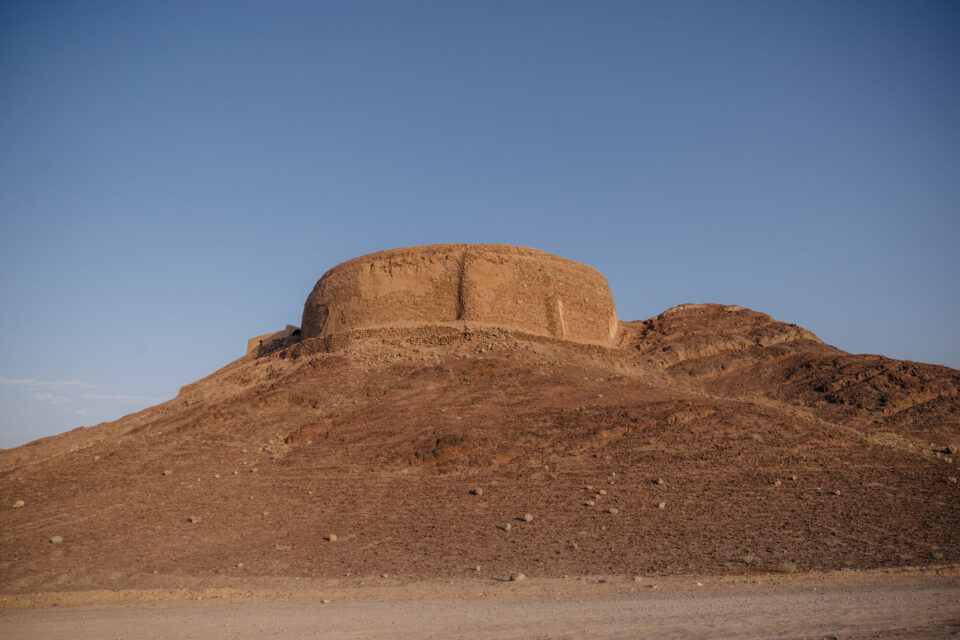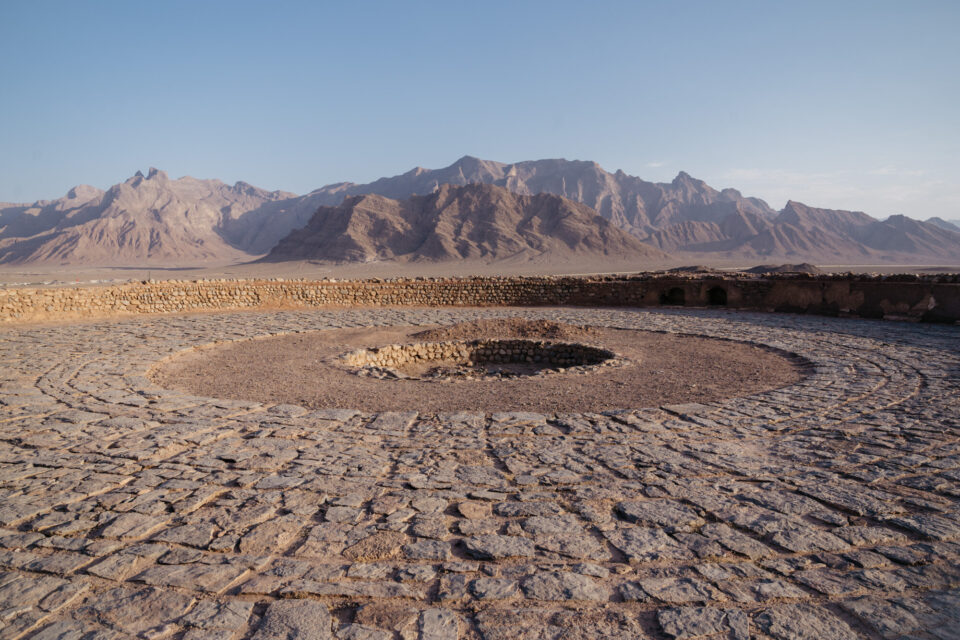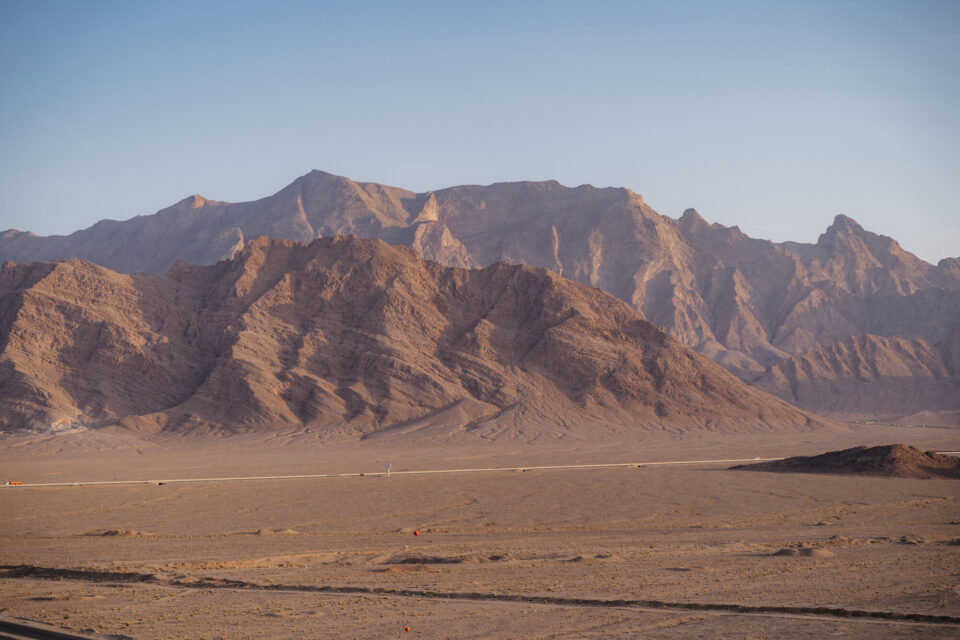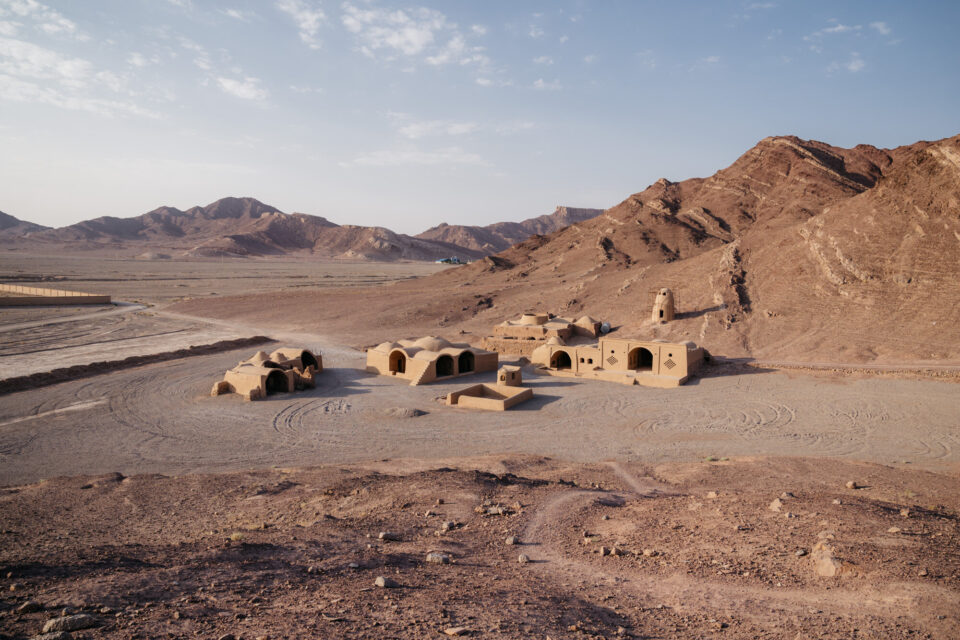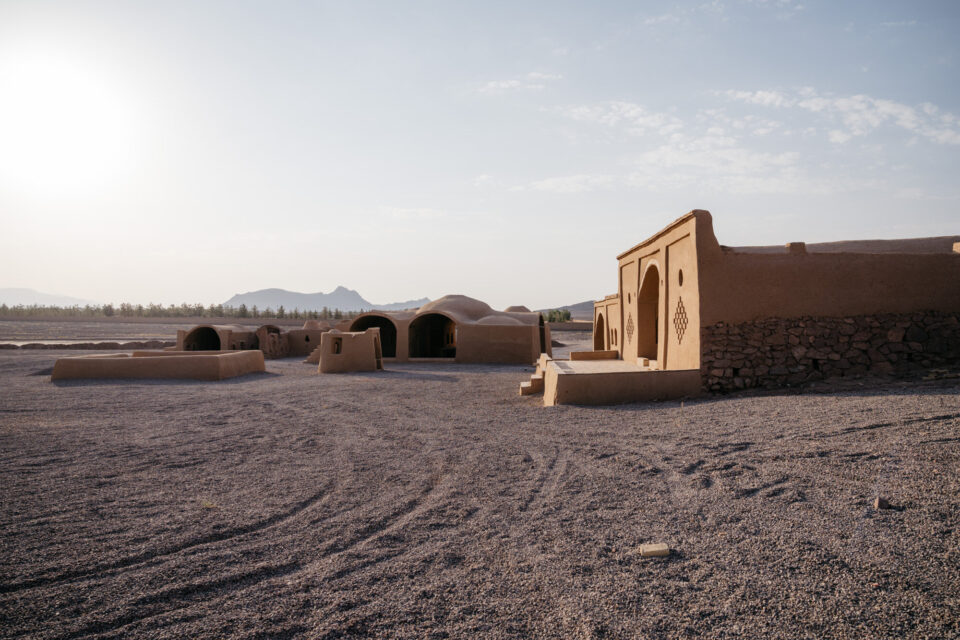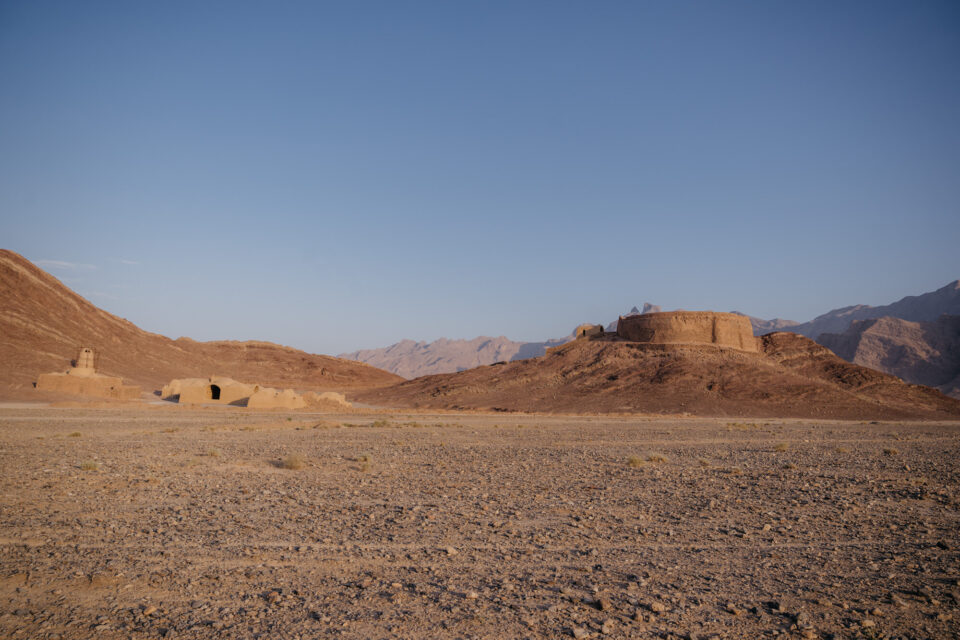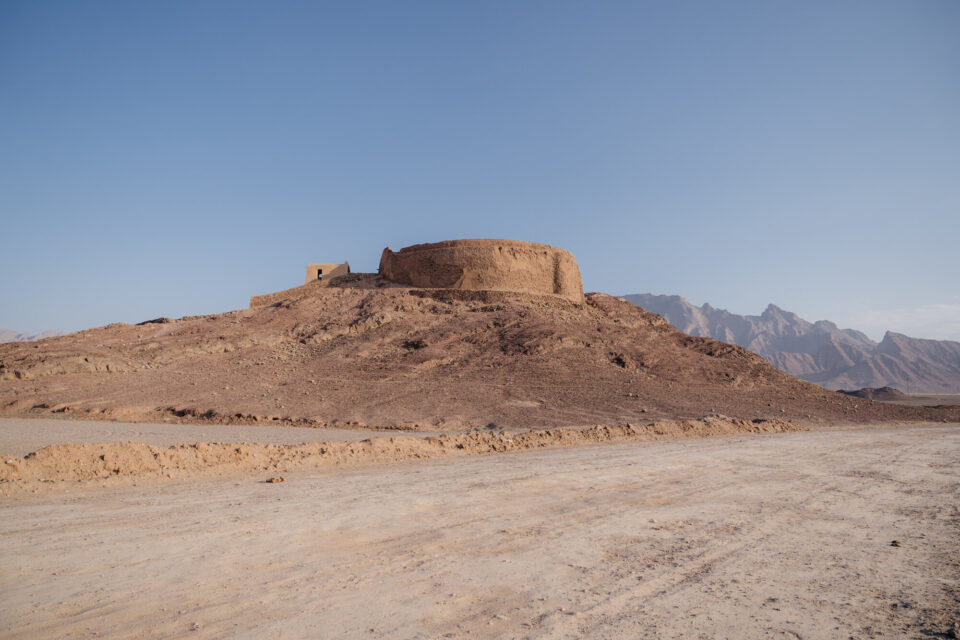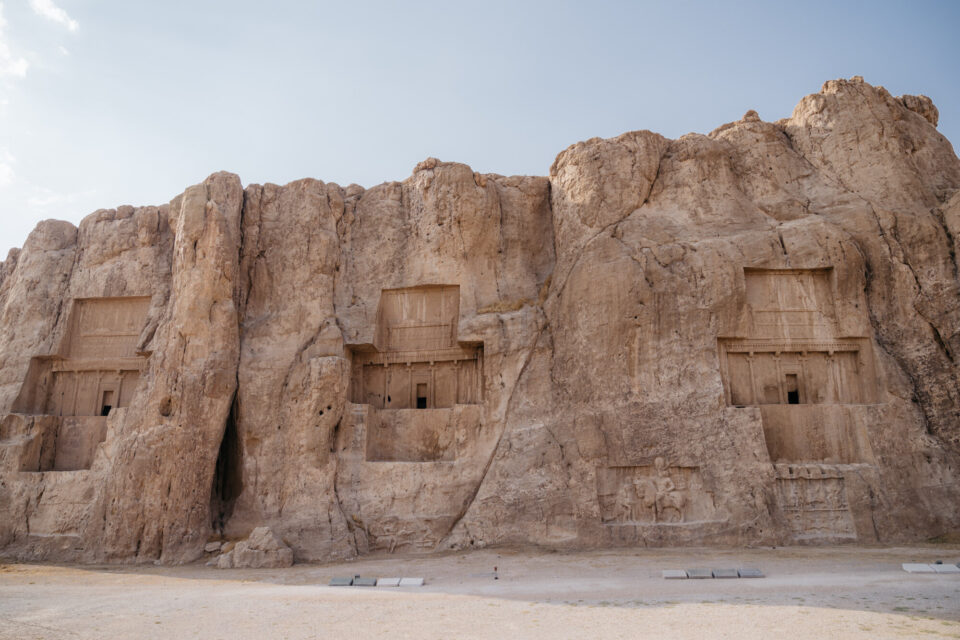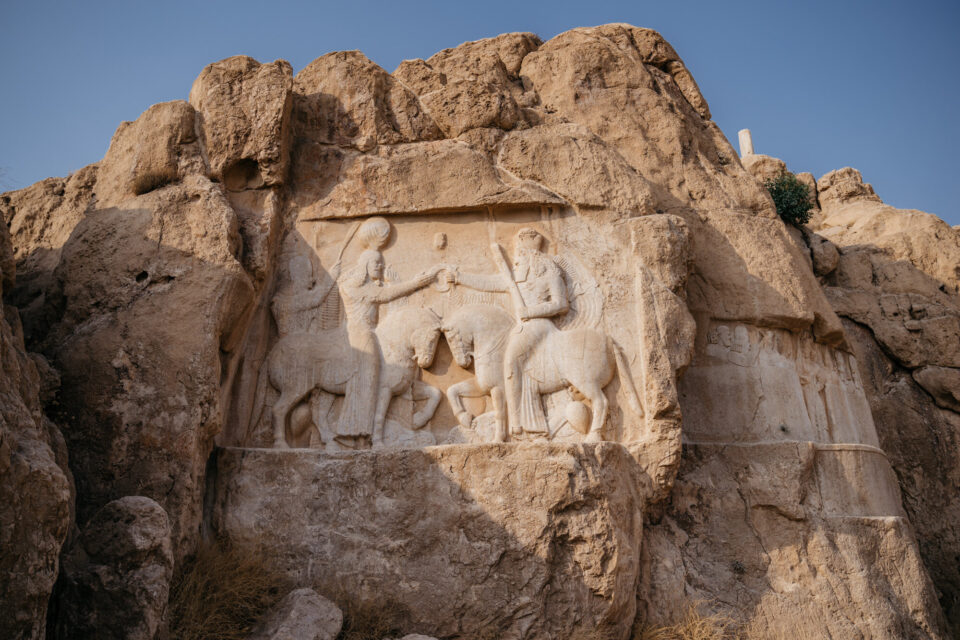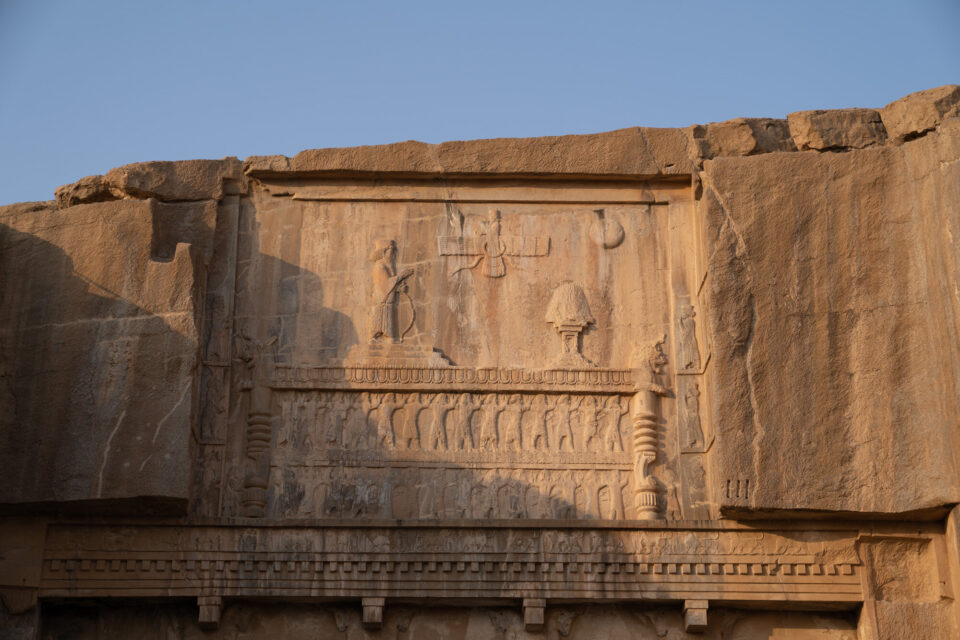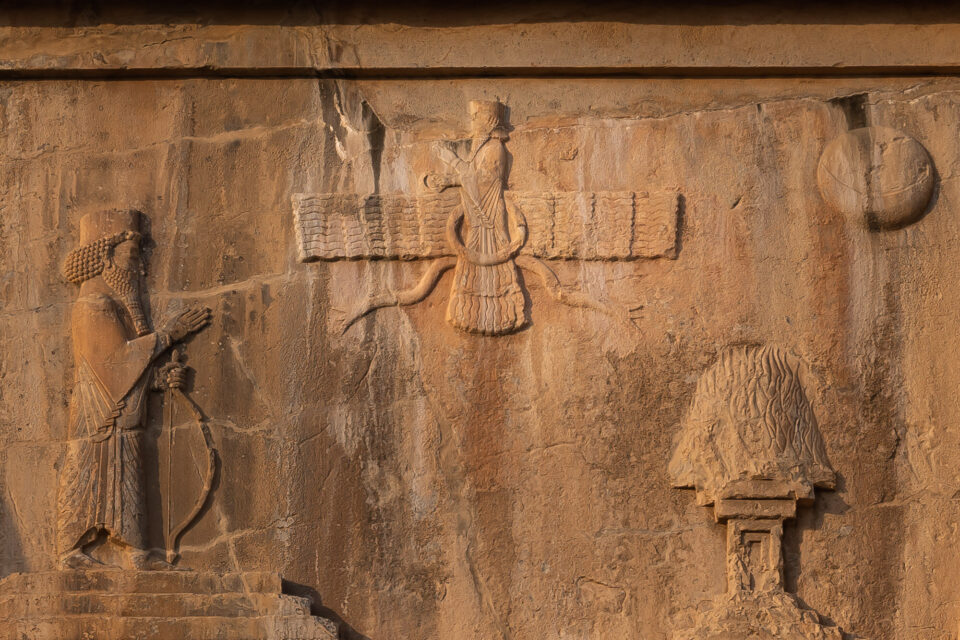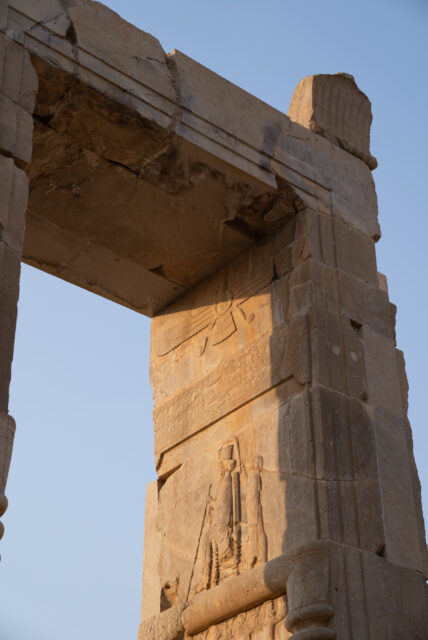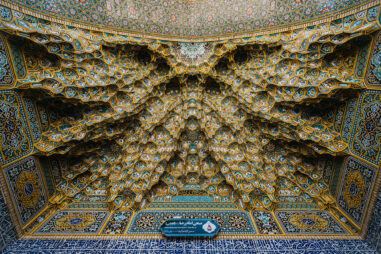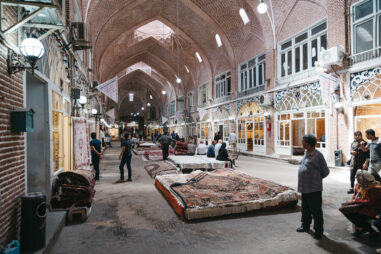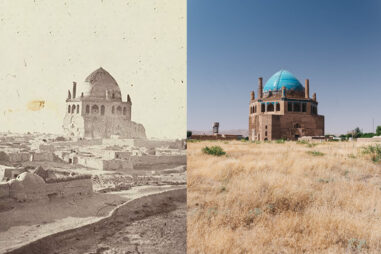
Yazd is Iran’s unofficial capital of Zoroastrianism; one of the world’s oldest continuously practiced religions and Persia’s dominant religion before the arrival of Islam in the 7th century.
Zoroastrianism is a ‘multi-faceted faith centered on a dualistic cosmology of good and evil and an eschatology predicting the ultimate conquest of evil. Historical features of Zoroastrianism, such as messianism, judgment after death, heaven and hell, and free will may have influenced other religious and philosophical systems, including Second Temple Judaism, Gnosticism, Greek philosophy, Christianity, Islam, the Baháʼí Faith, and Buddhism’ (Wikipedia).
Zoroastrians worship at fire temples where flames are kept burning for centuries. The flame in Yazd, seen below, has been burning continuously for 1500 years.
